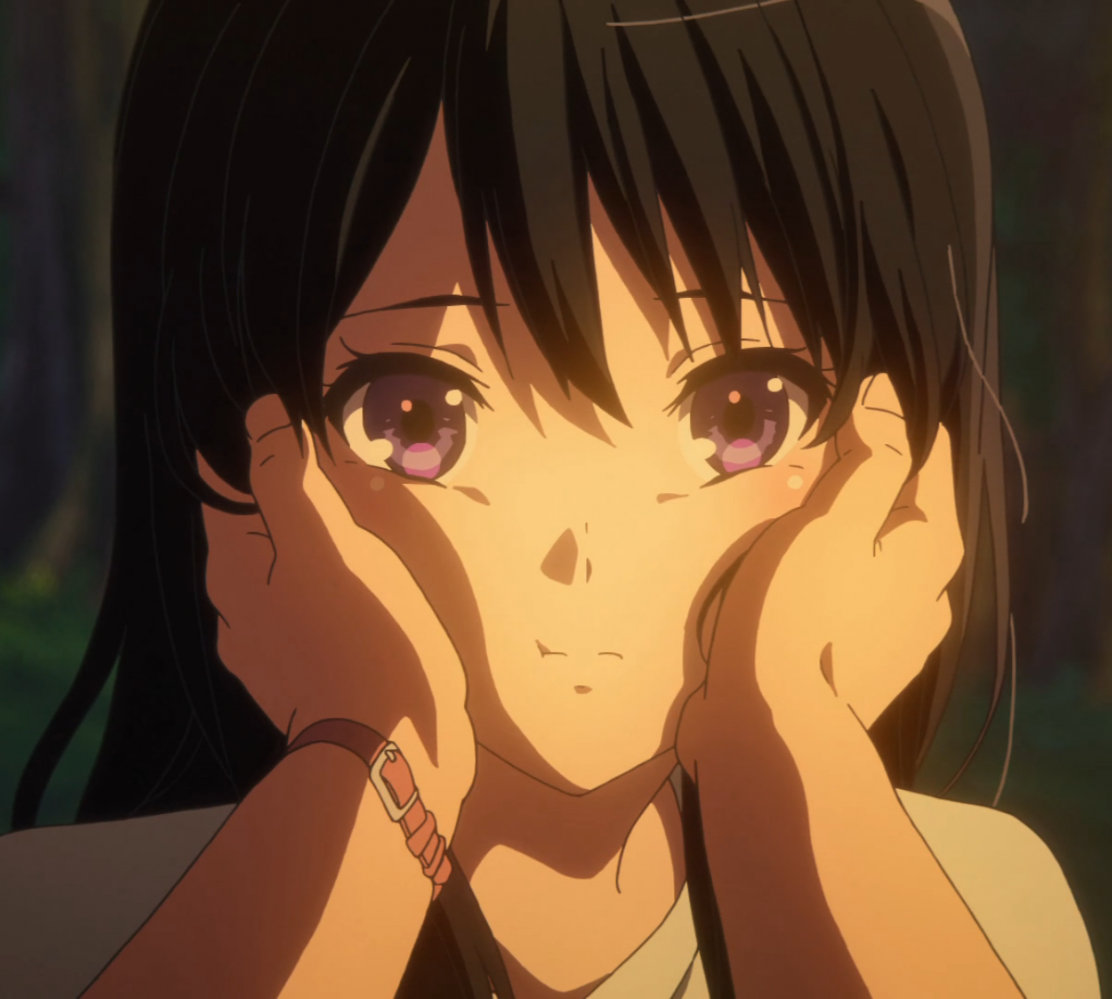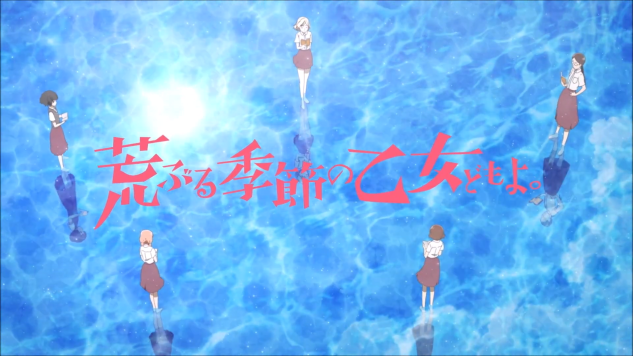
Recently I finished Keep Your Hands Off Eizouken!, and as an animation enthusiast (and just generally creatively fascinated person) I was blown away. Eizouken is truly heartfelt, and an absolute joy to behold for hopefully everyone, but at the very least, for those that are or wish to become “creators”. It’s not easy to learn about anime from a Western perspective, there’s not a lot of deep and highly articulated schools of thought on the subject in very many schools, universities, or public forums. It certainly becomes easier everyday with the birth of new fans and new scholars happening all the time, but for a long while it seemed that to learn more about anime, you’d have to delve into studies of Japanese and film. Nowadays, we have anime YouTubers and bloggers to add to (and sometimes detract from) educated discussion. Luckily, like any story with meaning, anime have the power to educate as well. And when it comes to the education everything to do with animation production, you’ll find no better teachers than Keep Your Hands Off Eizouken! and Shirobako. Continue reading









